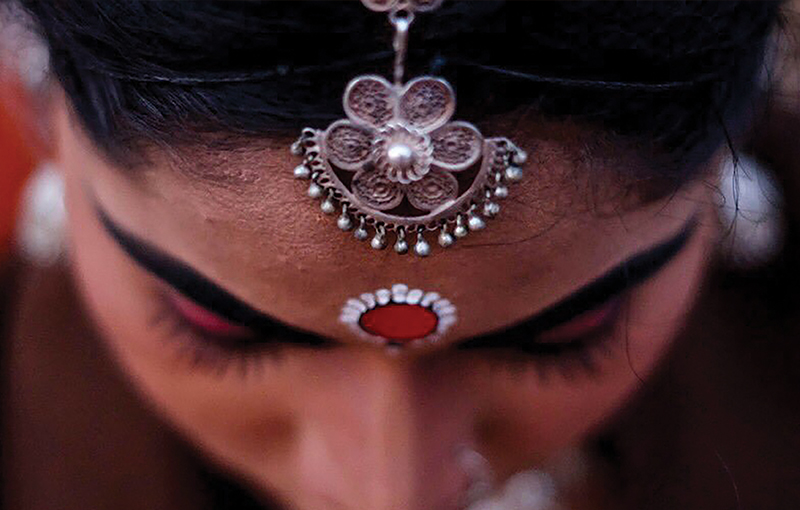The kaleidoscope of fashion, ever-turning, ever new but never new- what goes around comes around- and rediscovering and reinventing the past is fun.
Jewelry has always been a significant reflection of the cultural and political climate. In the olden days, precious metals like gold, silver and platinum were very commonly used to craft the jewels to be adorned by the royals. However, the commoners still stuck to copper, alpaca, iron and aluminium. Now-a-days vintage jewelry is available in a combination of the above metals, to suit the fashion requirements as well as the pocket of the adorner.
Tarakashi
When it comes to jewelry, Tarakashi is something which is adorned with much passion even today. This unique art form developed in the late 1500s in Orissa and is a modified version of Greek Filigree work. It displays a unique combination of utility as well as beauty and is inspired from Nature. Most tarakashi designs feature intricate elements of flora and fauna in fine silver wire. Customarily a “charkha” was used to swirl out brooches, necklaces, hoops, and pendants. But now even tarakashi rings, toe-rings, anklets and hairpins are becoming highly popular because of their exclusive antiquated design.

Meenakari
Introduced by Raja Mansingh, this artistic jewelry form uses enamelling to increase the aesthetic coefficient of the ornament. Typically, this art form is fairly laborious and is usually kept on lac sticks while the designs are etched on it. Later, suitable coloured enamel dust is poured into these grooves and then heated until the dust liquefies and travels all around the groove. Then, the prepared design is set in silver or gold to complete the adornment.

Kundankari
Incorporating the extravagance of diamonds, rubies, sapphires and other gemstones, this form of art originated in the Rajasthani and Gujarati royal courts in the early 19th century. Kundan’s charm and unique claw setting are definitely hard to miss. Also, stone encrusted Kundankari jewels are often lined with vividly colourful Meena. Kundan wristlets, necklaces, earrings and anklets are even today used by modern fashion-conscious brides.

Thewa
Dating back to the 16th century, the Thewa art of making jewelry is still very popular in parts of Rajasthan and Gujarat. Infusing the audacious lustre of 23K gold with festive vibrant beads, this design was first made by a Pratapgarhia goldsmith Nathu Lal Sonewal. Soon after, it caught the eye of Maharaja Sumant Singh, during whose reign this art form flourished.

Pachchikam
Origination from the Kutch of Gujarat, this art form derives its name from a Gujarati word “Pachchigar” meaning a goldsmith. Pachchikam jewelry is made using soft shimmery metals preferably platinum or (now) silver. Usually, glass beads and semiprecious metals add colour to Pachchikam rings, bangles, anklets, trinkets, jhumkis and pendants.


